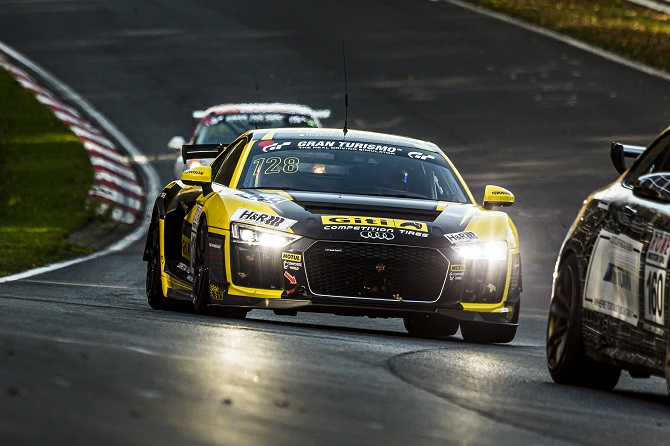An IIHS study found some automated vehicle features dont see them
Its long been advisable to wear reflective clothing at night when walking or riding a bike. You are much more visible to drivers.
On the other hand, it might not be such a good idea. A study by the Insurance Institute for Highway Safety has uncovered a significant issue with automated crash prevention systems in vehicles, suggesting that clothing designed to enhance pedestrian visibility to human drivers may, paradoxically, render them invisible to these systems.
This revelation has prompted calls for automakers to refine their pedestrian automatic emergency braking (AEB) systems.
IIHS President David Harkey emphasized the gravity of the findings, saying it is untenable that the clothes that pedestrians, cyclists, and roadway workers wear to be safe may make them harder for crash avoidance technology to recognize.
Daytime and nighttime yield different results
Historically, pedestrian AEB systems have been shown to reduce pedestrian crash rates by 27% during daylight. However, their effectiveness diminishes significantly on dark roads, where most fatal pedestrian accidents occur. Automakers are already working to address these shortcomings, especially as IIHS ratings now prioritize nighttime performance.
The study evaluated the impact of conspicuous clothing and enhanced roadway lighting on the pedestrian AEB systems of three 2023 vehicle models: the Honda CR-V, Mazda CX-5, and Subaru Forester. Prior to 2024, IIHS provided separate ratings for daytime and nighttime pedestrian crash prevention, with the Forester earning the highest nighttime rating of superior.
Researchers conducted trials using an adult-sized dummy dressed in various outfits, including a black sweatshirt and pants, a retroreflective jacket, and a white outfit. The tests were conducted at 25 mph under different lighting conditions, including no lighting, 10 lux, and the federally recommended 20 lux.
Concerning results
The results were concerning. The CR-V and CX-5 collided with the dummy in 84% and 88% of the tests, respectively, while the Forester avoided collisions in all but one scenario. The CR-V and CX-5 failed to slow down when the dummy wore clothing with reflective strips, which are typically used by roadway workers.
David Kidd, a senior research scientist at IIHS, said the placement and motion of reflective strips on the joints and limbs of pants and jackets allows drivers to quickly recognize the pattern of movement as a person but doesnt have the same effect for the pedestrian AEB systems.
IIHS said the study highlights a critical gap in the technology, particularly concerning the safety of roadway workers and emergency personnel who rely on reflective clothing.
Posted: 2025-02-19 16:05:49




















